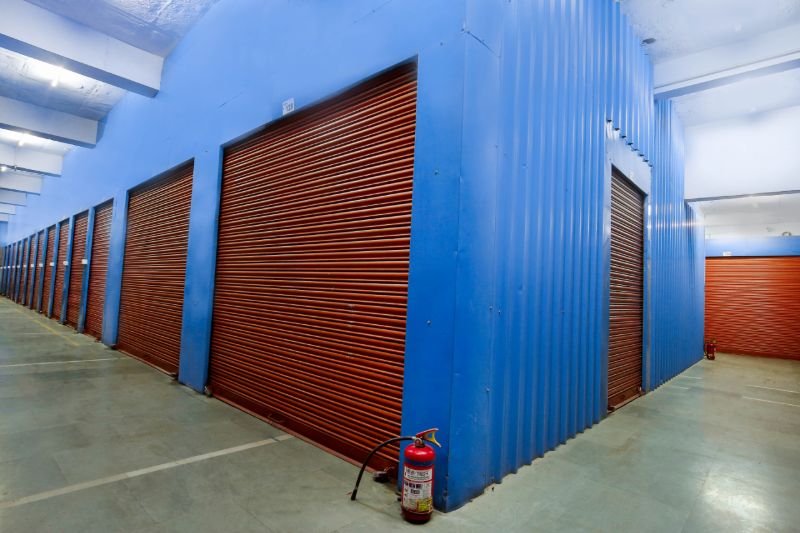
09 Mar 2022
PART Three
What is the current self-storage market in India like?
In our view, self-storage is at a very nascent stage in India, and market awareness of such services is relatively low. Historically, due to socio-cultural factors, there has been a mental block against paying for storage or even understanding the detrimental effects of clutter on one’s lifestyle.
The situation has changed dramatically in recent years, and Covid era was a catalyzer for this change. Beyond Covid, the country is experiencing a massive increase in prosperity and disposable income. Concurrently, there has been an explosion of consumer goods availability, and eCommerce has become a part of everyday life. Due to urbanization, density increases steadily, reducing living spaces and pushing people to seek storage options for their lesser-used belongings.
Finally, in developed economies, Self-Storage is considered one of the most risks mitigated and favored asset classes by institutional investors, often invested in by pension plans and insurance companies, preferred for its resilience to recessions and the steady stream of income.
*** How do you envisage the self-storage market in India to be like in 5-10 years? ***
At the current pace of growth, by 2030, India will become the world’s third-largest economy with a GDP of $9 trillion, trailing closely behind the US and China.
Over the last ten years, the fabric of Indian society has been reshaped by the infusion of technology. Today, hundreds of millions of Indians can't imagine going a day without ordering an Uber, buying a cornucopia of items from Amazon, or using food delivery apps.
The Indian self-storage industry faces its share of challenges, with the lack of public awareness being our biggest hurdle. The absence of easy financing is also a deterrent for new entrants, while high real estate costs and high rent in prime locations impede at-scale projects.
In summary, fundamental shifts are taking place in our lifestyles, and we believe that the stars are aligned for explosive growth in the Indian self-storage industry.
***Do you see self-storage in India matching the highs of the U.S? ***
We see a future where the rate of Indian self-storage growth over decades will mirror what we witnessed in the US in the 2010 - 2020 era.
***Which data sets are the most valuable for your decision-making at this stage in the Self-Storage industry? ***
For demand sizing, we look closely at per-capita numbers such as square footage, number of people within the household, household income, population growth, house value, average age, average rental per square foot, etc. We create heat maps to identify optimal locations to position our facilities.
*Go check out -
Self Storage India: Our Story - Part Two here
Self Storage India: Our Story - Part Three here
Find out more about Self Storage India here.